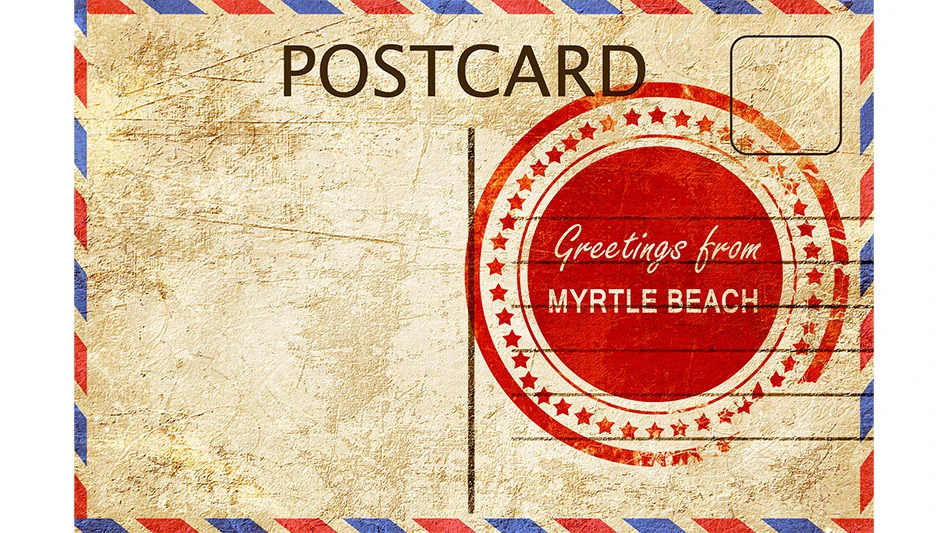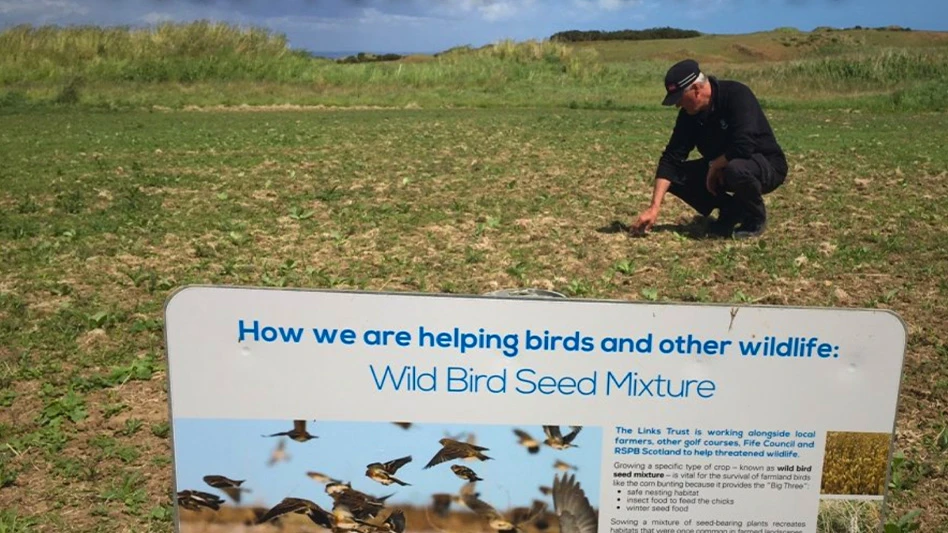Only a handful of golf course superintendents in the United States currently are managing seashore paspalum, but that will change dramatically during the next 10 years.
Most of the courses with paspalum are in Florida – about 15 or so – and several are in Naples. There are a few in South Carolina and a few in California and Arizona. Paspalum testing has been done as far north as Virginia Beach.
Salt injury to Bermudagrass is the primary factor driving paspalum to the forefront of the turfgrass arena. Currently, there are about 10 varieties, including one that’s seeded, available in the market. More are in development.
After attending a meeting about seashore paspalum sponsored by Bayer Environmental Science and Environmental Turf, it’s clear golfers and superintendents are fans of the grass. Golfers like it because of its dark-green color, playability and striping. Superintendents like it because of its deep root system, density, color retention and aggressiveness. Other attributes include: low mowing height tolerance, minimal morning dew, brackish water tolerance, plant growth regulator respondence and water-logging tolerance.
But, because there isn’t a perfect grass, paspalum also has limitations. Those include: Few pesticides are labeled for it; it has minimal tree-shade tolerance; it’s difficult to establish with saline water; it has slower green speeds; and its cold hardiness is similar to Bermudagrass.
Despite all that’s known about the grass, there’s a lot more to learn. Researchers and superintendents are doing just that, having fun discovering aspects of the grass’ behavior that no one knows about yet.
During the next 10 years, we’ll start to see paspalum move inland, away from shore, because it can tolerate effluent water better than other turfgrasses. However, it needs a lot of fresh water to establish; but after that, it can be maintained with water that’s highly saline.
There’s a debate among some superintendents whether it’s worth it to switch from a Champion or TifEagle green to a paspalum one. Proponents of paspalum say putting green speed can equal that of a TifEagle or Champion green if the right variety is used. It just takes more work – brushing, grooming, double cutting and rolling.
Another debate is whether to have paspalum wall-to-wall on a course or just on certain areas. The consensus that’s developed: Avoid Bermudagrass greens with paspalum fairways and approaches because the paspalum is so aggressive it will contaminate the Bermudagrass greens easily.
Yet another debatable advantage is whether less water is used maintaining paspalum compared to Bermudagrass. In some instances, almost half the water is needed to maintain paspalum than Bermudagrass, but that’s not the case in every situation. Nonetheless, it’s enticing to maintain a turfgrass that requires less water.
There’s much to think about. But consider this: Of all the superintendents Todd Lowe – a Green Section agronomist with the U.S. Golf Association who’s based in Florida – has spoken with those who manage paspalum, not one said he would return to managing Bermudagrass. Pretty strong statement, huh?
Mostly high-end golf courses feature the grass because of its initial cost and the expense needed to maintain it at the level demanded by country clubbers. The key to the growth and popularity of seashore paspalum is how many mid- to low-budget courses will be able to plant and maintain the grass. Surely there will be a wider price range as more varieties enter the market.
Whether seashore paspalum becomes more popular than Bermudagrass won’t be known for many years, but given the increasingly poor water courses are given to work with, it will surely give Bermudagrass a challenge for the most popular warm-season turfgrass on golf courses.
Owners, green chairmen and golf club boards drive many of the changes on the course. When they play on paspalum, they’re probably going to want to switch. Whether you think the club at which you work will switch to paspalum or not, it’s in your best interest to learn more about the grass because you’ll be more prepared if the change comes. Talk to other superintendents who are managing the grass. Talk to researchers. Conduct some research on your own.
You might have paspalum under your feet sooner than you think. Then you can tell your peers up North how much fun they’re missing. GCN

Explore the August 2006 Issue
Check out more from this issue and find your next story to read.
Latest from Golf Course Industry
- Making the grade — at or near grade
- PBI-Gordon receives local business honor
- Florida's Windsor takes environmental step
- GCSAA names Grassroots Ambassador Leadership Award winners
- Turf & Soil Diagnostics promotes Duane Otto to president
- Reel Turf Techs: Ben Herberger
- Brian Costello elected ASGCA president
- The Aquatrols Company story





